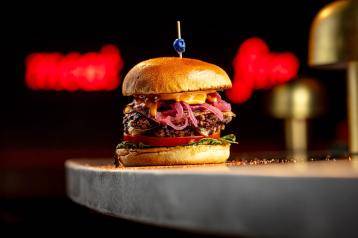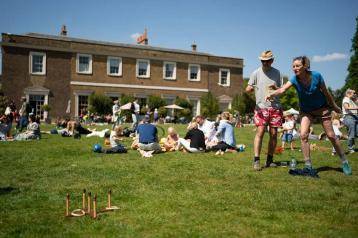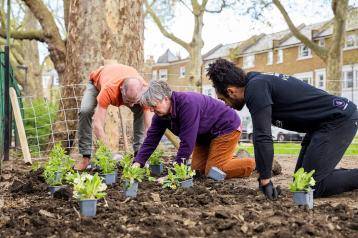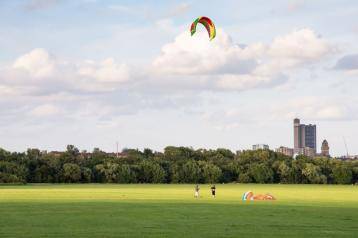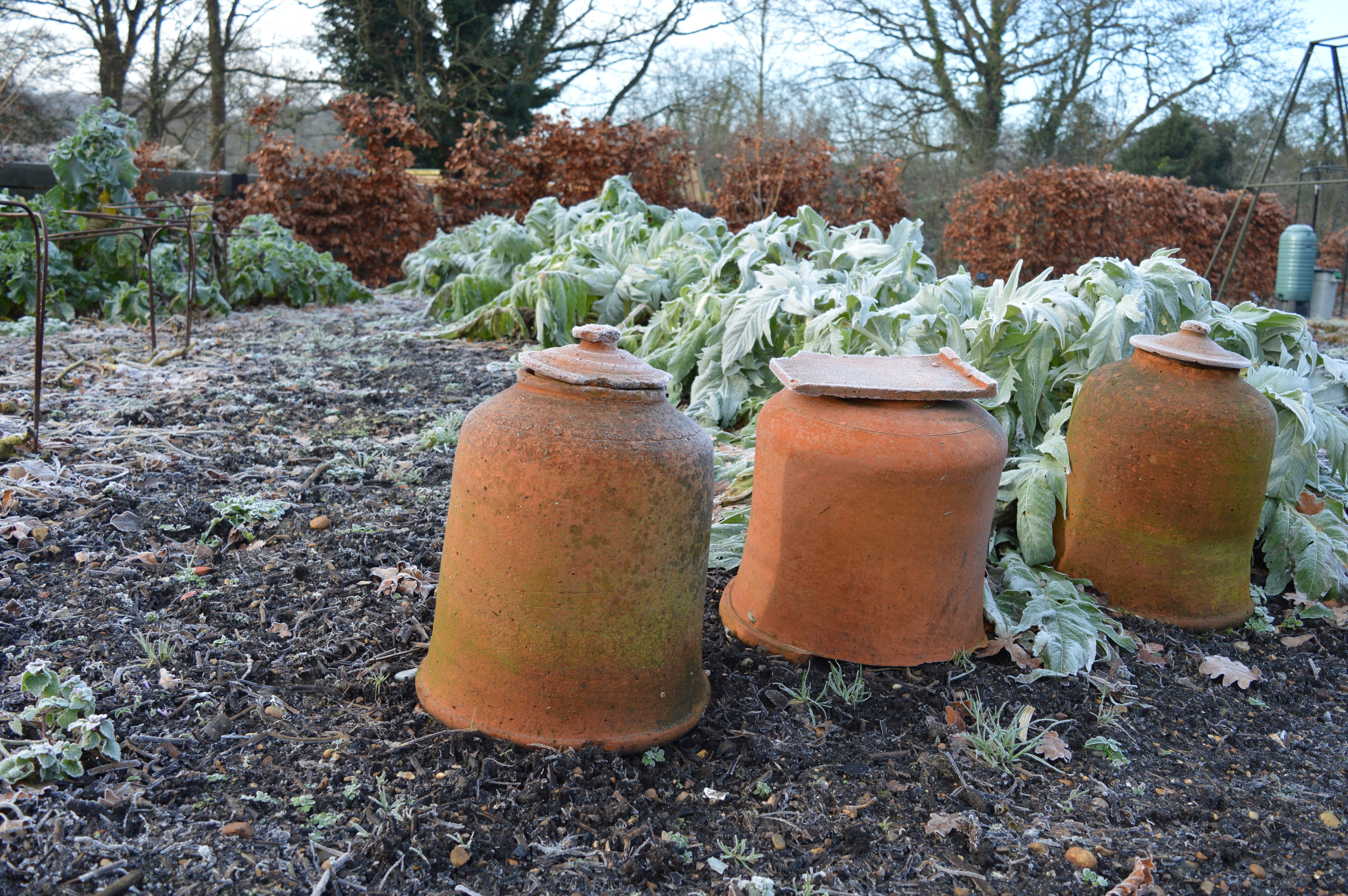
With the tips of daffodil shoots already starting to appear in the ground, the very beginning of spring is within touching distance.
The days might be short and dark, but gardeners will have to pack in a huge amount of work to prepare for the year ahead, according to Fulham Horticultural Society’s honorary secretary Nicole Coleman.
Sowing seeds, planting trees and shrubs, pruning and applying fertilisers are just a few of the jobs for allotment or home gardeners, and green-fingered growers creating pot and window displays.
“Bare-root trees and shrubs can be planted any time during the dormant season from November to March. But recent research indicates that February is the ideal time,” explains Nicole, who writes the society’s monthly newsletter.
“Provided the soil is not frozen, or so wet that it sticks to your boots, plants put in this month get off to a really good start. Look after new plants and water thoroughly during dry spells, as they are at their most vulnerable during their first year.”
Meanwhile, rhubarb lovers can get a head start on growing the fruit this month, by using simple upturned bins or buckets to replicate professional methods.
“The professional growers in the famous Rhubarb Triangle dig up their crowns and take them into huge dark warm sheds to produce forced rhubarb,” adds Nicole. “[Home gardeners] can force rhubarb for an early crop of the sweetest stalks by covering a crown or two with large buckets or an upturned black bin and insulating the outside with straw or manure for added heat.”
And keen gardeners can start preparing for the horticultural society’s annual show, which will be held on Saturday 8 September at St Etheldreda's Church in Fulham Palace Road.
Visit the FHS website to join and read on for the latest top 10 gardening tips from the society’s experts.
Fulham Horticultural Society’s February to-do list
- This is a good time of year to apply organic fertilisers such as seaweed meal, blood, fish, and bone, or pelleted chicken manure. They release their nutrients more slowly than inorganic ones, so they will be available to the plants just as they start into growth in the spring.
- Plant bare-root trees and shrubs by digging a generous hole that won't cramp the root system, and incorporating plenty of organic matter. Put in a stake on the windward side so the plant is blown away from the stake to prevent rubbing.
- Plant new climbers by digging a generous hole at least 22cm away from walls and fences so that the plant is not in a dry rain shadow, and leaning the plants into the support.
- Seed potatoes can now be chitted – the process of pre-sprouting before planting. Put seed potatoes in a cool but frost-free place with some light but not direct sunlight. The potatoes will then grow short stubby shoots to get them off to a fast start when planted out. Try rubbing off all but three shoots to help get larger potatoes with the main crops.
- If the weather allows, direct sow broad beans along with early peas such as Feltham First and Meteor for a May/June harvest.
- Jerusalem artichokes and shallots can be planted now, and shallots will benefit from covering with a cloche.
- Greenhouse owners can get an early crop of lettuce, rocket and radish underway.
- Sow summer cabbages, turnips and spinach.
- Onions from seed should be started now. They need a temperature of about 15C to get them going so it can be best to use the windowsill in a cool room to start them off.
- There is still time to finish planting fruit trees and bushes, especially raspberries and other cane fruits, and early this month you can prune apple and pear trees while they are still dormant.
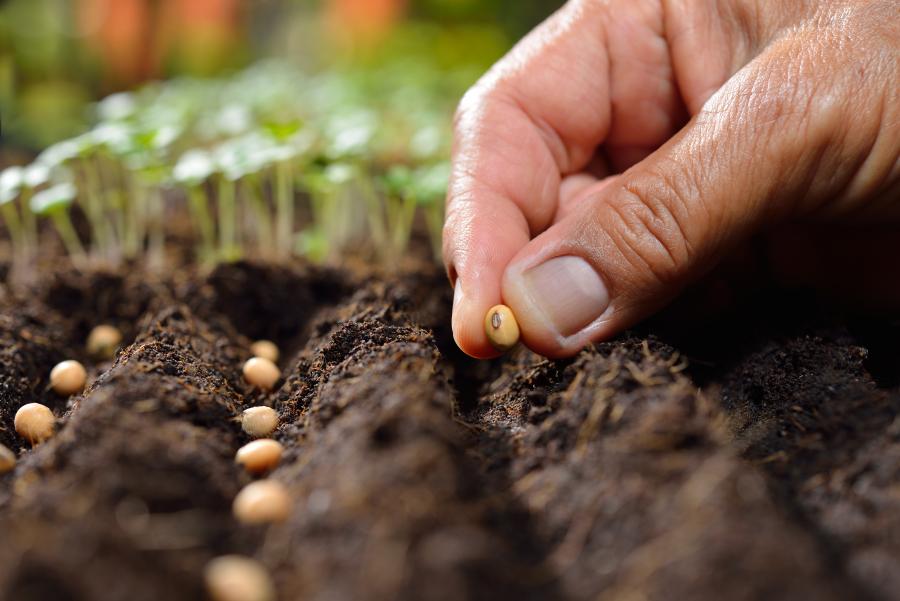
By sending us a comment, you are agreeing to our publishing policy.

